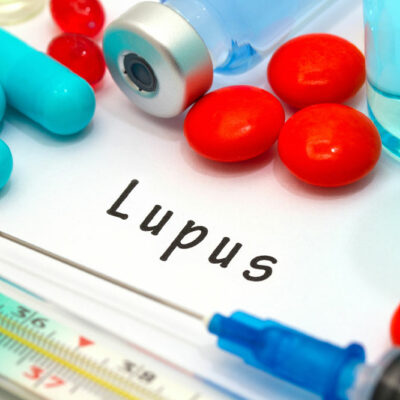
health
7 teeth-whitening hacks for brighter smiles
A smile is the best ornament an individual can flaunt, and an ornament with glistening pearls is the most invaluable accessory. Besides, pearl-white teeth are a dream come true for most. Therefore, alongside getting professional teeth cleanups regularly and having nutritious meals, following simple teeth-whitening tips can provide long-lasting positive outcomes. Moreover, one may practice such hacks at home with readily available products, so here are some natural teeth-whitening tips for white, healthy teeth: Oil pulling Oil pulling, a traditional, alternative-medicine practice originating in India, requires one to swish one tablespoon of any form of edible oil around one’s mouth. This can be done for a certain amount of time, initially for 5-10 minutes and then extending to 20 minutes. Although oil pulling is not directly associated with white teeth, it helps remove stains from the teeth and eliminates plaque and gingivitis-causing bacteria. Thus, this practice, combined with other teeth-whitening remedies, can significantly contribute to white and healthy teeth. Fruit for teeth whitening Fruits like strawberries, watermelons, pineapples, and papayas help maintain teeth whiteness. For example, one may purchase teeth-whitening gels containing bromelain, papain, etc., or rub fruit peels against one’s teeth for the best results. However, directly rubbing one’s teeth with pieces of fruit is not recommended, as it can worsen the color of the teeth.




















